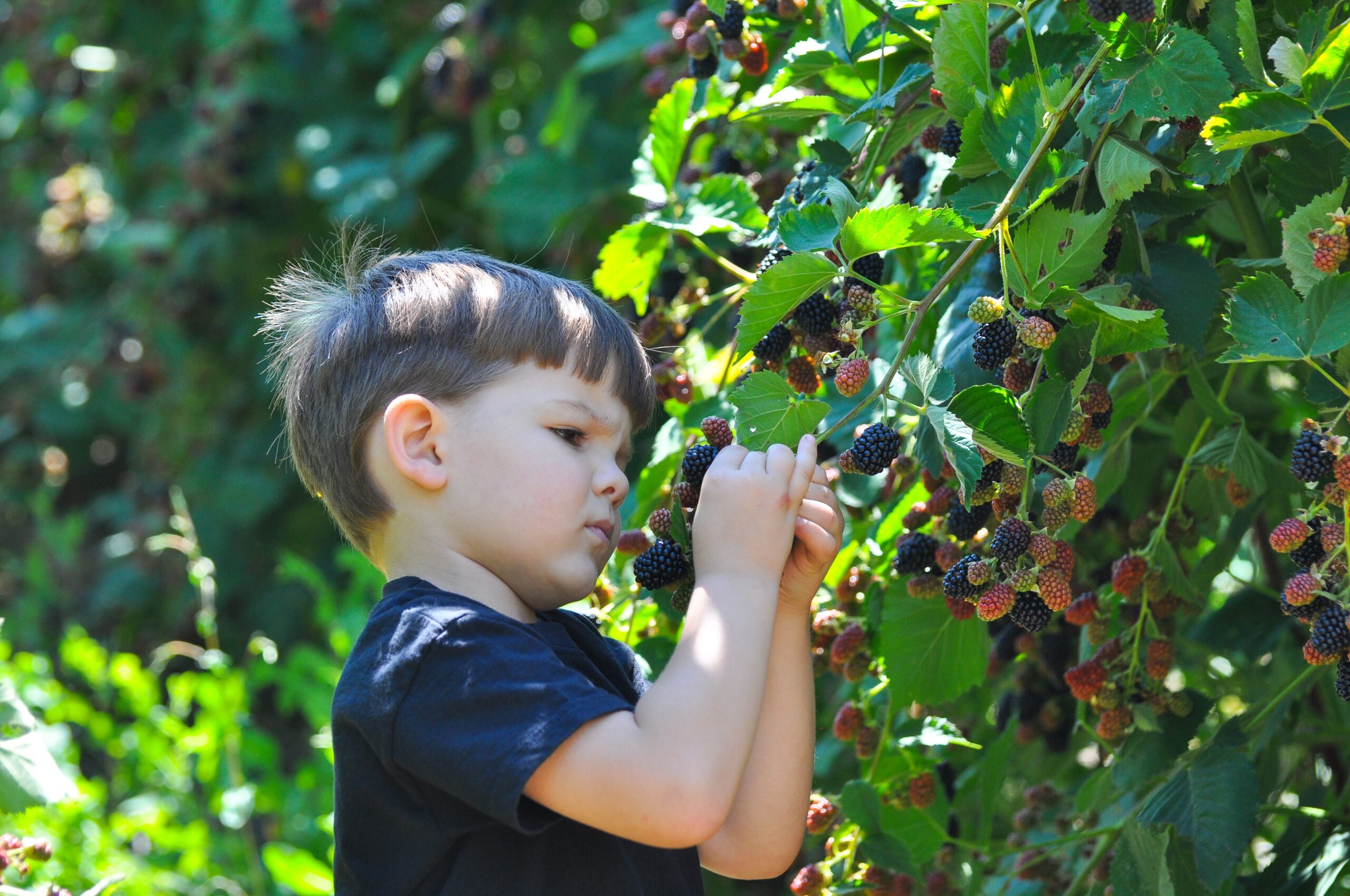Our winter issue is out now. Regular contributor and gardening expert Hans Wieland shares how to plant your own edible hedge, and the numerous benefits this yields. Dive on in to learn more…
Food For Free
Make Your Own Edible Hedge
By Hans Wieland
A few years ago, there was a big gap in our boundary hedge that borders the small road going past our house and shelters us from the view of passers-by and the noise of rushing tractors and cars. The gap, once useful for delivery of building material, now that the house was finished, needed to be filled. We considered various options: a gate, a stone wall, filling the gap with hawthorn and willow which were already there on either side. In the end we opted for a fruiting or edible hedge – trees, bushes, shrubs and plants that would not only fulfill the function of a hedge, but also produce fruit for us and create a habitat for the various wildlife.
An edible hedge or a fruiting hedge is a useful and attractive feature in any garden. It provides separation, shelter from the wind and it produces a variety of fruits that can be eaten fresh or used to make jam and other specialities. It can also shelter your vegetable garden or become a good backdrop for other ornamental plants and flowerbeds. So, if your neighbour
is agreeable, replace your fence with an edible hedge.
“Hedgerows are Ireland’s rainforest”
…claims Hedgerows Ireland, an NGO campaigning for both better legal protection and financial incentivisation of hedgerows. With an estimated 689,000 km, hedgerows define the Irish landscape. They are an eco-system where native flora and fauna co-exist in harmony as they have done for centuries. And they are protected from cutting between 1st March and 31st August each year. A statement from the Government explains: “In Ireland, where there is relatively low cover of native woodland, hedges are of exceptional importance in providing food and shelter and habitats and corridors for maintaining wildlife diversity, particularly for birds, but also for other fauna and for wild plants.”
How to plant a native, edible hedge
Now, in the dormant season, is a good time to plan, research and lay the groundwork for a hedge that’s both functional and edible! Begin by clearing the ground of perennial weeds and mulch over with grass cuttings, leaves, cardboard or compost. From November to March is a good time to take action – we planted ours in early March. Create a dense hedge by planting in a zig-zag fashion about 3 feet wide. A mixed-species hedge is best with all those contrasting leaf shapes and colour from flowering favourites such as hawthorn and elderflower. Bare-rooted plants are cheaper and best planted until end of March. The more expensive plants in pots can be planted all year round, but will do best in early spring. If you choose native varieties they will establish quickly, need very little maintenance and adapt to their own light levels and soil needs.
Which trees to plant
Trees like Hawthorn, Blackthorn, Hazel, Birch, Crab Apple, Guelder Rose or Wild Cherry will grow tall and need good spacing in between. Fruit bushes can be planted at very close spacings in a hedge, but it’s still really important to avoid planting too densely as plants will struggle for light and nutrients. If in doubt, consult with your nursery or supplier and follow their recommendations for the spacing of each species. Check for moisture in the soil and, in the unlikely event of dry conditions, water regularly at the beginning. Several wild fruit trees can be trained and contained within a hedge, where they will form a dense habitat while yielding lots of small but delicious or useful fruits.
Foraging at home
Creating an edible hedge means you will be able to forage ‘at home’ and select your favourite wild food. The Elder tree will provide flowers for lemonade and berries for a cough syrup, the Hazel provides springtime catkins – so valued by early pollinators – and nuts in the autumn. The fruits of the Blackthorn are used to make sloe gin. Dog Roses give you hips for jams and Crab Apples make an excellent jelly. Hardy Fuchsias also make good hedging plants, particularly in coastal locations, and their fruits are edible. Particularly stunning in the springtime is the Wild Cherry with its early appearance of pale pink blossoms that help to attract a legion of pollinating insects, which will go on to fertilise other fruit trees.
Another plant that bears masses of flowers and fruits is the Crab Apple, which supports close to 100 species of insects. Wherever you plant it, it’s sure to bring beneficial bugs of all types to your garden. And don’t forget the Quince, whose fragrant fruits make the perfect companion to apples within a pie.
Fruit bushes suitable for interplanting are Raspberries, Bilberries and Blackberries. Other fruiting plants which are suitable, and can grow in half shade, are Alpine Strawberries, Horseradish, Wild Garlic, Nettles. If you plant Blackberry canes, perhaps use a spineless variety to save your fingers when picking and pruning!
Food for free
The gap in our hedge by the road is now closed and the trees and fruit bushes, mainly raspberries, are nearly two meters high and the ground is covered with mostly alpine strawberries. Our raspberry trial this year showed a saving of nearly €400 compared to what we would have spent at the €5-for- two deal in SuperValu. The growing space was around 3 square metres. We also had hawthorn berry chutney, elderflower rob, blackberry jam, horseradish sauce, wild garlic pesto, nettle soup, rosehip honey, quince and crab apple jelly.
Hans Wieland works and teaches at Neantog Kitchen Garden School in Cliffony, Co.Sligo.


